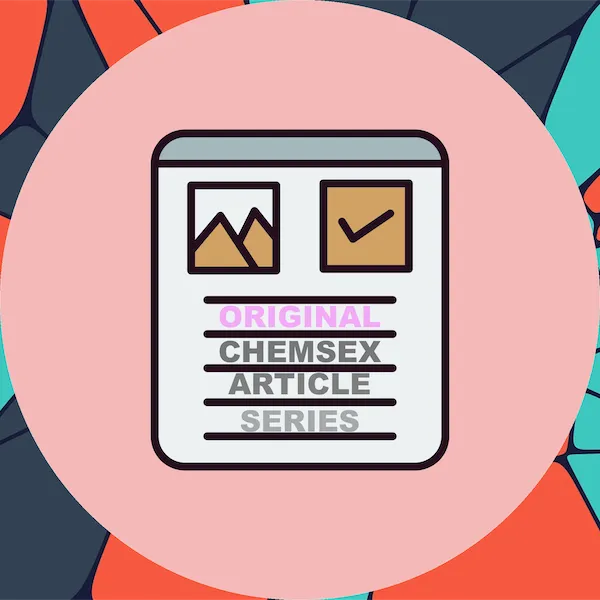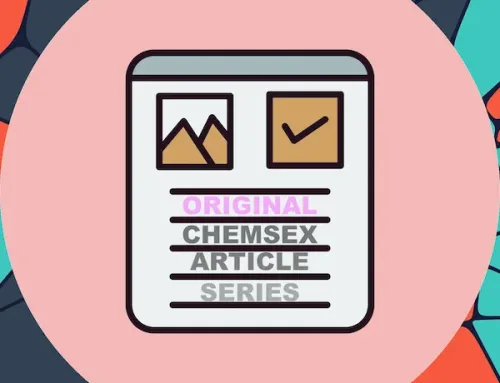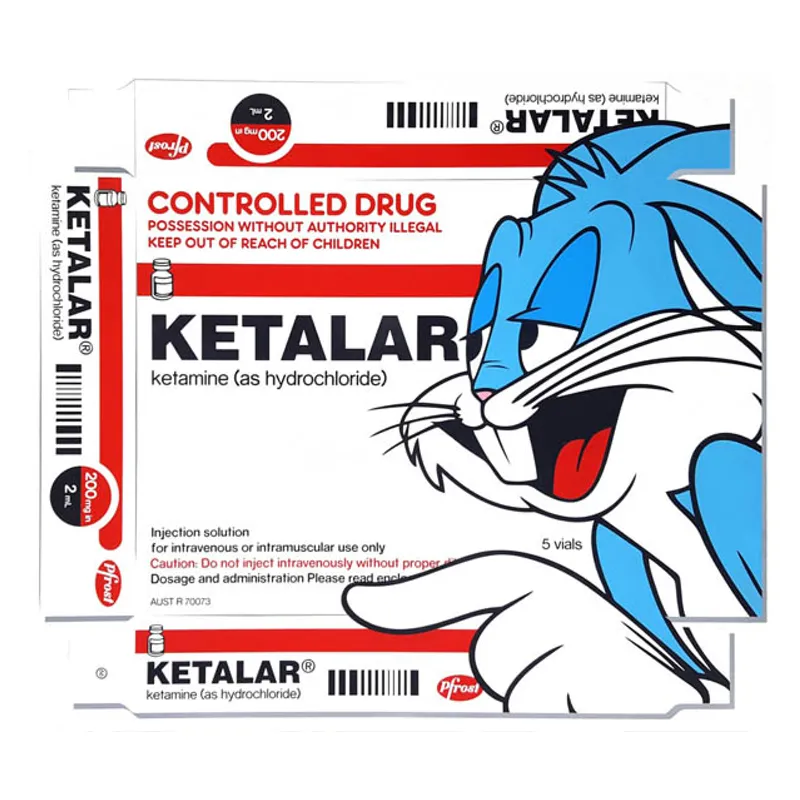Chemsex and communication
Chemsex is a term used to describe the recreational use of drugs such as GHB, crystal meth, and mephedrone during sexual activity. Chemsex can involve both consensual and non-consensual sex. The term was coined in the late 2000s as a way to describe a phenomenon that was becoming increasingly popular among gay and bisexual men.
Chemsex can be dangerous, as it can lead to risky sexual practices such as unprotected sex, and can increase the risk of contracting HIV and other sexually transmitted infections. It can also lead to addiction, mental health problems, and physical health problems.
Effective communication is essential for maintaining safe and consensual chemsex. All partners should discuss the risks and talk about their expectations and boundaries. This should include honest conversations about boundaries, preferred sexual activities, and the drugs being used. It is important to ensure that all partners are aware of the risks associated with chemsex and that they are comfortable with the activities.
Negotiating consent is especially important when engaging in chemsex. Consent must be explicit and ongoing, and all participants should feel comfortable communicating their boundaries and negotiating activities. If any participant feels uncomfortable or is not willing to participate in any activity, they should be respected and their wishes should be respected.
Communication is also important when it comes to talking about the drugs being used. All partners should talk openly and honestly about the risks associated with drug use and the effects they can have on the body. This can help to ensure that everyone is aware of the potential dangers of chemsex and can help to keep everyone safe.
By engaging in open and honest communication, chemsex can be a safe and enjoyable experience for all involved.
Meta






